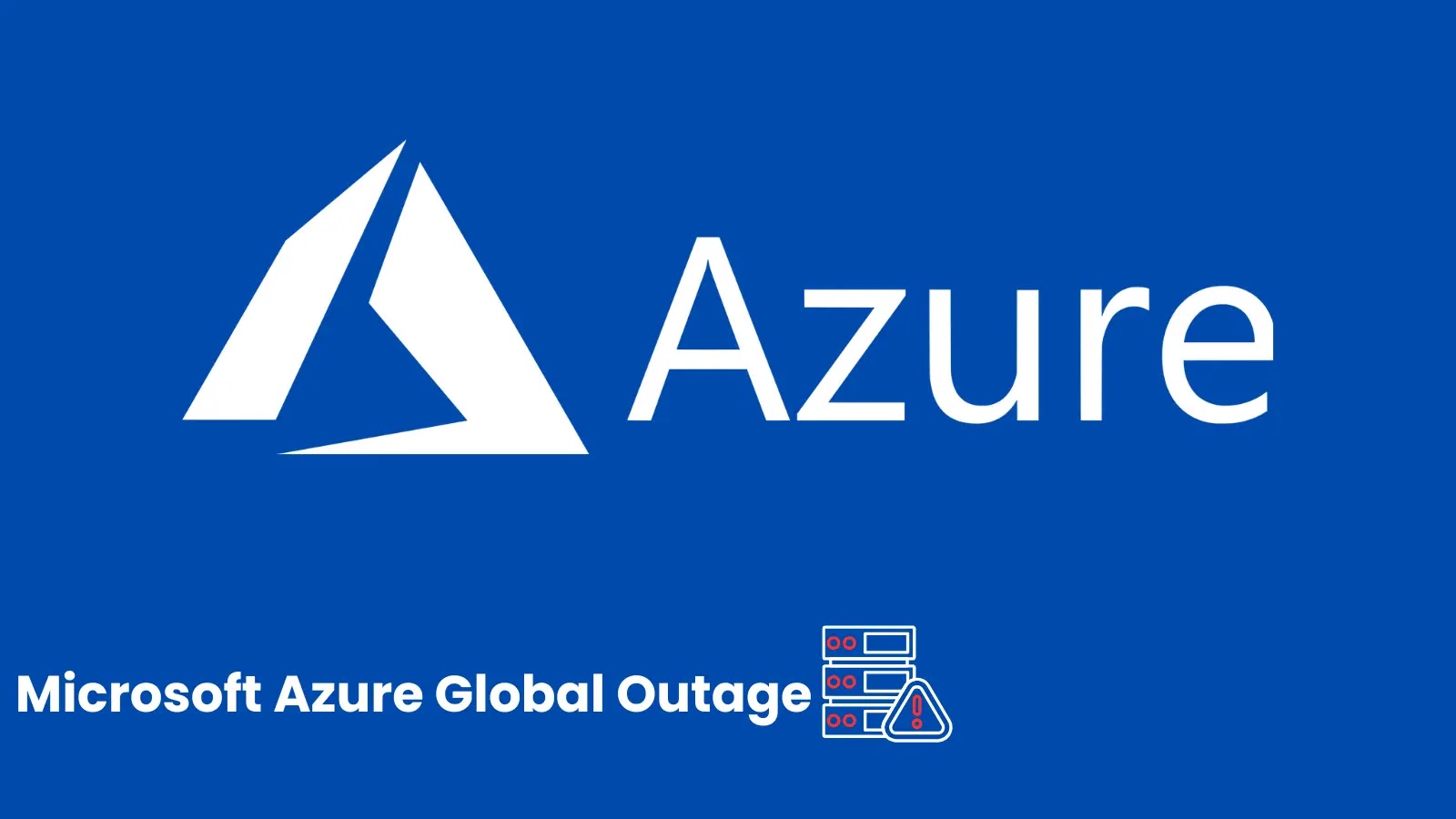
Microsoft Azure Faces Global Outage Affecting Services Worldwide
Imagine a bustling cityscape suddenly plunged into darkness. For businesses and organizations worldwide relying on cloud infrastructure, a major outage can feel just as disruptive. Microsoft Azure, arguably the world’s most ubiquitous cloud computing platform, recently experienced such an event, sending ripples across the digital landscape. On Thursday, October 9, 2025, a significant service disruption left countless users, particularly across Europe and Africa, unable to access critical services and applications. This incident underscores the inherent vulnerabilities of even the most robust cloud ecosystems and highlights the crucial need for resilient architecture and comprehensive disaster recovery planning.
The Azure Outage: What Happened?
The disruption to Microsoft Azure services commenced around 07:40 UTC. Initial reports and subsequent investigations pointed to a core issue within Azure Front Door (AFD), Microsoft’s cloud-native scalable entry-point that provides global, instant, and secure point of entry for web applications. The central problem identified was a “major capacity loss” within AFD. This isn’t just a minor blip; Azure Front Door is a critical component for many Azure-hosted services, acting as a global load balancer and a gateway to applications. A significant capacity reduction in such a fundamental service inevitably leads to cascading failures across dependent applications and services.
While the exact technical root cause of the capacity loss in AFD is still under detailed analysis, such incidents often stem from complex interactions between software updates, configuration changes, or unforeseen hardware failures at scale. The immediate impact was widespread, affecting not only customer-facing applications but also internal Microsoft services built on Azure, causing a broader operational slowdown.
Geographic Impact and Service Disruption
While the outage was global in its nature, affecting the very backbone of Azure’s distributed infrastructure, the initial and most severely impacted regions were reportedly Europe and Africa. This geographic concentration, despite AFD’s global presence, often indicates how traffic routing and regional dependencies amplify problems in specific areas first. Customers relying on Azure-hosted virtual machines, databases (like Azure SQL Database or Cosmos DB), storage accounts, and various platform-as-a-service (PaaS) offerings would have experienced significant service degradation or complete unavailability. For businesses operating critical applications on Azure, this meant lost revenue, damaged customer trust, and operational paralysis.
Understanding Azure Front Door (AFD) and Capacity Loss
To fully grasp the gravity of the incident, it’s essential to understand Azure Front Door’s role. AFD acts as a highly available, scalable entry point for web applications and APIs. It optimizes global routing, provides web application firewall (WAF) capabilities, and accelerates content delivery. When AFD experiences a “major capacity loss,” it essentially means that its ability to process incoming requests and route them to their intended Azure backend services is severely hampered. This bottleneck prevents legitimate traffic from reaching applications, resulting in timeouts, errors, and an inability to access services. A capacity loss event at this scale suggests either a significant portion of AFD’s infrastructure became unresponsive or its internal routing mechanisms were overwhelmed, unable to cope with the global traffic demands.
Lessons Learned: Resilience and Redundancy
This Azure outage serves as a stark reminder that even hyperscale cloud providers are not immune to disruptions. For organizations leveraging cloud services, it reinforces several critical cybersecurity and operational best practices:
- Multi-Region Deployment: Deploying applications across multiple Azure regions or even across different cloud providers (multi-cloud strategy) can significantly reduce the impact of regional outages.
- Disaster Recovery Planning: A robust disaster recovery (DR) plan should detail procedures for failover, data restoration, and communication during an outage. Regular testing of these plans is paramount.
- Monitoring and Alerting: Implementing comprehensive monitoring solutions for cloud resources allows for early detection of service degradations and rapid response.
- Dependency Mapping: Understanding the dependencies of your applications on core Azure services like AFD is crucial for assessing potential impact during an outage.
- Communication Protocols: Cloud providers, including Microsoft, typically provide status pages (e.g., Azure Status) for real-time updates during incidents. Organizations should monitor these closely and communicate proactively with their own customers.
Moving Forward: Enhancing Cloud Reliability
Microsoft, like any major cloud provider, will undoubtedly conduct a thorough post-mortem analysis of this incident to identify the precise root cause and implement preventative measures. Such investigations often lead to enhancements in infrastructure design, software resilience, and operational procedures. For businesses and IT professionals, the key takeaway is to build a resilient cloud strategy that accounts for the inevitable, albeit infrequent, disruptions of even the most advanced cloud platforms. The adage “hope for the best, prepare for the worst” remains particularly relevant in the realm of cloud computing.




